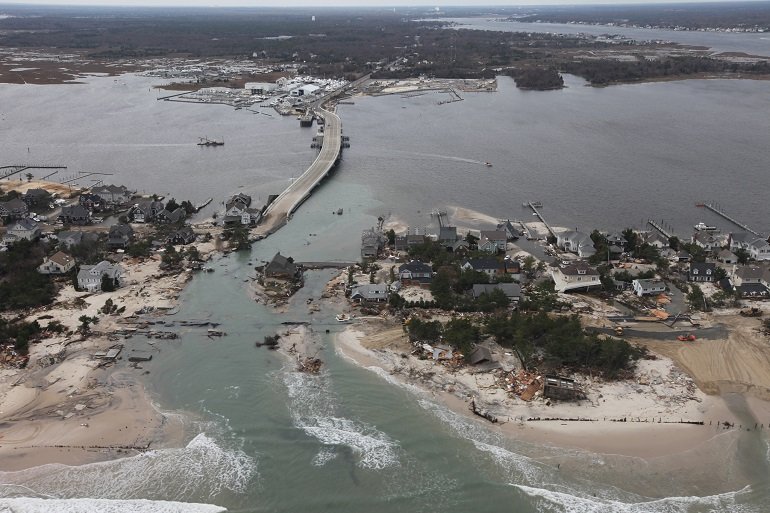submitted by Samuel Bendett

Damage from Hurricane Sandy along the New Jersey coast. Greg Thompson/U.S. Fish and Wildlife Service
Why not exercise plans with recovery or restoration in mind?
emergencymgmt.com - by Jim Mullen - July 22, 2014
The statement that investments in resilience pay huge dividends when disaster strikes rings true, but the conversation can’t end there. . .
. . . After a major event, the priority inevitably becomes getting people back home, rebuilding and healing. No one really wants to have an in-depth discussion about the feasibility of reoccupying or rebuilding. People want to go home again if they can, as quickly as possible, and resume life as they once knew it. Environmental concerns often pale in the face of a need for communities to rebuild and reconstitute themselves. In New Jersey and Louisiana, and almost any other place where risks have caught up with development decisions, recovery planning began too late, after the event has done its worst.
We know that government leaders, after the first few days or weeks, will appoint someone to lead a redevelopment/recovery task force, particularly if criticism about the pace of the recovery grows.
Why not do it now?
Recent Comments